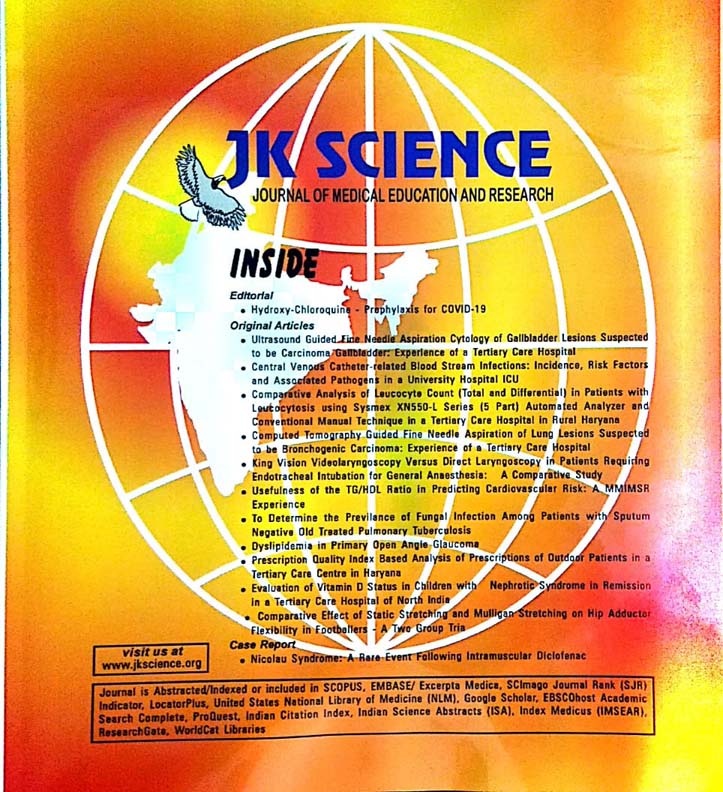HRCT Manifestations of COVID-19 Infection: Clinico-Radiological Correlation
Keywords:
HRCT, COVID-19, CT, RT-PCRAbstract
Background: Coronavirus disease 2019 (COVID-19) is an infectious disease caused by severe acute respiratory syndrome coronavirus 2 (SARS-CoV-2). HRCT plays an essential role in the evaluation and clinical management of COVID-19.
Purpose: To characterize the spectrum of HRCT findings in symptomatic COVID 19 patients and to correlate HRCT findings with clinical symptoms of the disease.
Material and Methods: The study includes 100 symptomatic patients with COVID-19 disease. The patients were divided into two groups according to the duration of symptoms. The first group has been scanned within the first week of presentation while the second group has been scanned in the second week.
Results: The HRCT findings include ground glass opacity (GGO), consolidation, bronchovascular thickening, crazy paving appearance, pulmonary nodules, subpleural bands/fibrosis and bronchiectasis. Pleural effusion, tree in bud appearance and cavitation were less commonly seen only in few of the patients. The distribution of CT changes amongst the two groups were as follows: bilateral changes were 78.5% vs 86.6%, central distribution was 10% vs 10%, peripheral distribution was 58.5% vs 36.6 % and diffuse (central and peripheral) distribution were 21.4% vs 40% while multilobar distribution were 64.2% vs 70 %.
Conclusion: The spectrum of HRCT findings in COVID-19 infection include ground glass opacities, consolidations, bronchovascular thickening, crazy paving pattern, pulmonary nodule, pleural effusion, subpleural bands/fibrosis and bronchiectasis. The type, extent and distributions of pulmonary manifestations are significantly different between the two groups who have been scanned in the different stages of disease. Ground glass opacities and crazy paving pattern were more common in first week while the consolidations, subpleural bands and diffuse lung involvement were more common in the second week of illness.
Downloads
Downloads
Published
How to Cite
Issue
Section
License
Copyright (c) 2021 JK Science: Journal of Medical Education & Research

This work is licensed under a Creative Commons Attribution-NonCommercial-ShareAlike 4.0 International License.





